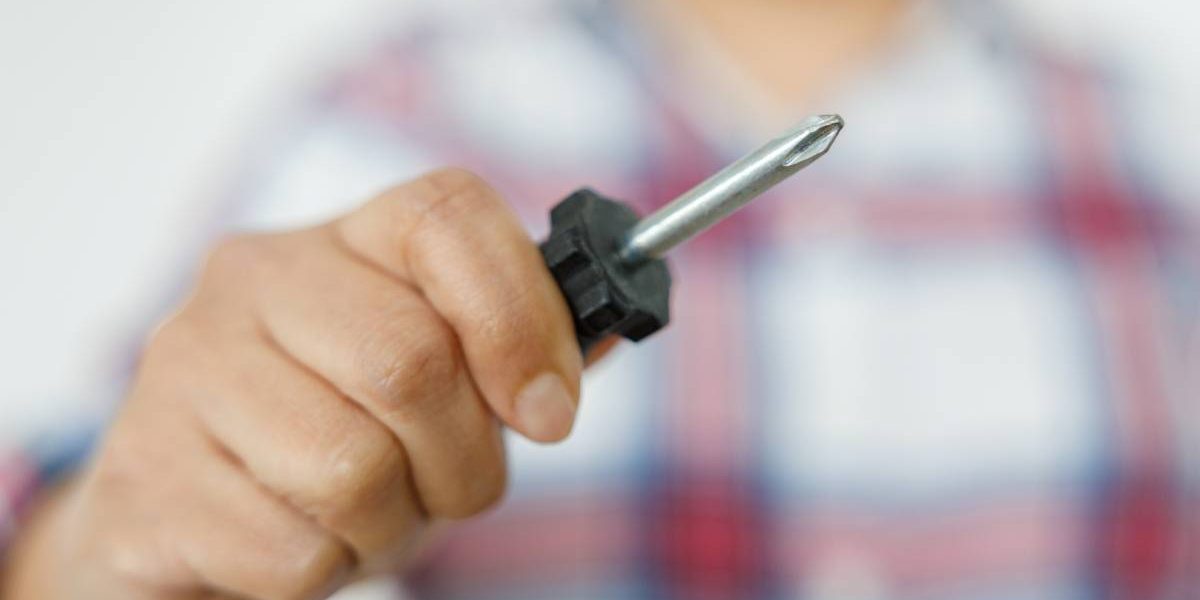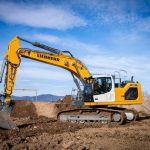Screwdrivers are essential tools in any toolkit, but have you ever stopped to wonder why there are so many different types? From the standard flathead and Phillips screwdrivers to the more specialized L-shape screwdriver, each serves a unique purpose.
In this article, we’ll explore the variety of screwdrivers available, why they’re necessary, and how they make our lives easier.
You might also read:
How many types of screwdriver are there?
Screwdrivers come in various shapes and sizes, each designed for specific tasks. Let’s dive into the world of screwdrivers and explore the different types you might encounter.
Flathead Screwdriver
The flathead screwdriver, also known as a slotted screwdriver, is one of the most common types. It has a flat, straight tip that fits into slots on screws. Flathead screwdrivers are great for basic household tasks and are often used for screws with a single slot.
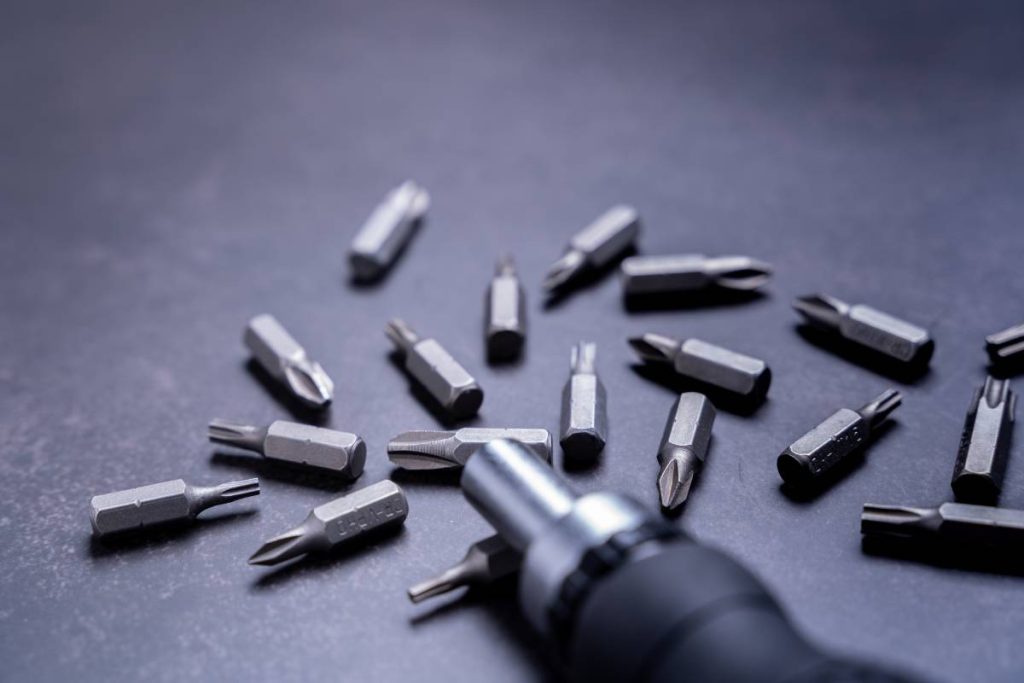
Phillips Screwdriver
The Phillips screwdriver has a cross-shaped tip, designed to fit into Phillips head screws. These screws have a cross-shaped recess in the head, allowing the screwdriver to apply more torque without slipping out. They’re commonly found in electronic devices, furniture, and appliances.
Robertson Screwdriver
Also known as a square drive screwdriver, the Robertson screwdriver has a square-shaped tip that fits into square recesses in screws. This design provides better torque and prevents slipping, making it popular in woodworking and construction.
Torx Screwdriver
Torx screwdrivers have a star-shaped tip that fits into Torx screws. These screws have a six-pointed star pattern, offering better grip and torque distribution. Torx screws are commonly used in electronics, automotive applications, and appliances.
Hex Screwdriver
Hex screwdrivers, also called Allen wrenches or hex keys, have a hexagonal-shaped tip. They are used with hexagonal socket screws and bolts. Hex screwdrivers are widely used in furniture assembly, bicycles, and machinery.
Pozidriv Screwdriver
Similar to Phillips screwdrivers, Pozidriv screwdrivers have a cross-shaped tip but with additional smaller ribs. This design allows for better engagement and torque, reducing the risk of cam out (slipping). Pozidriv screws are common in construction and automotive industries.
Tri-wing Screwdriver
Tri-wing screwdrivers have a tip with three wings, designed for tri-wing screws often found in electronics, such as gaming consoles and gadgets. The three wings provide a secure fit and prevent tampering.
Spanner Screwdriver
Spanner screwdrivers, also known as security screwdrivers, have a tip with two pins that fit into corresponding holes on spanner screws. These screws are used for security purposes to prevent tampering. Spanner screwdrivers are used in applications where security is paramount, such as in prisons or high-security facilities.
Clutch Screwdriver
Clutch screwdrivers are designed for clutch head screws, which have a shape resembling a bow tie. These screws are commonly used in automotive and electrical applications.
One-Way Screwdriver
One-way screwdrivers are used with one-way screws that can be installed easily but are difficult to remove. These screws are often used for security purposes to prevent tampering or theft.
Each type of screwdriver serves a specific purpose, and having a variety of them in your toolbox ensures you’re prepared for any task that comes your way. Whether you’re tightening a loose screw on furniture or working on a complex electronics project, there’s a screwdriver for the job.
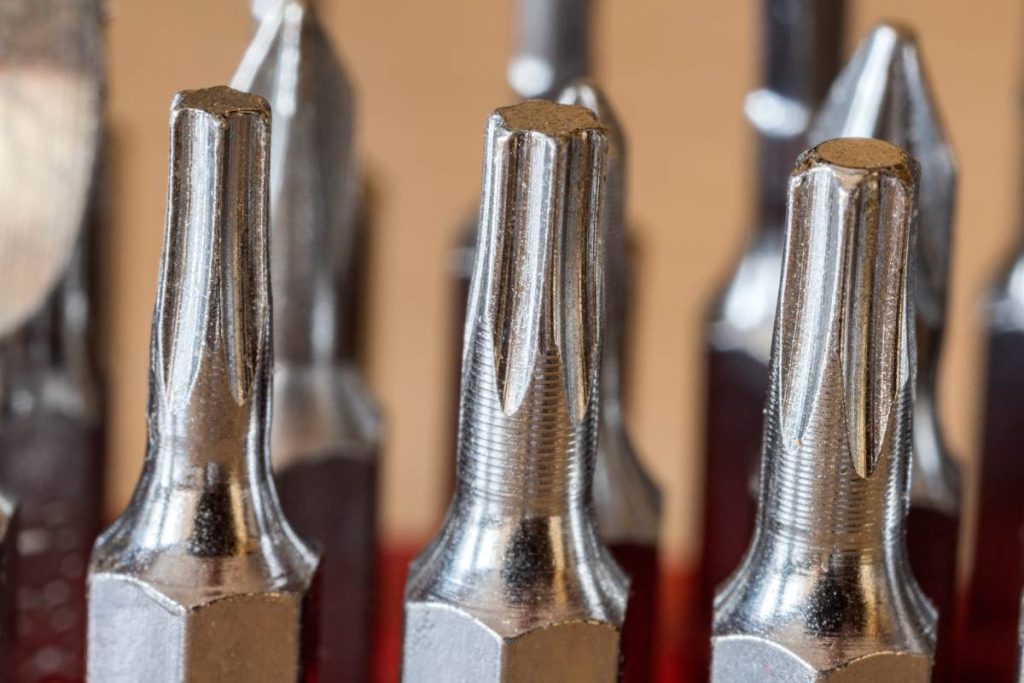
Why do we need so many types of screwdrivers?
Have you ever wondered why there are so many types of screwdrivers? It might seem a bit excessive at first, but each type serves a specific purpose, making our lives easier in different situations. Let’s dive into why we need such a variety:
1. Different Screw Types
Screws come in various shapes and designs, each requiring a specific type of screwdriver for optimal use. For example:
- Flathead Screws: Need flathead screwdrivers.
- Phillips Screws: Require Phillips screwdrivers.
- Torx, Hex, Robertson, and other Screw Types: Each have their unique head shapes, necessitating corresponding screwdrivers.
2. Torque and Stability
Different screwdrivers offer varying levels of torque and stability, which are crucial for effectively tightening or loosening screws without damaging them or the surrounding material. For instance:
- Phillips and Pozidriv Screwdrivers: Their designs provide better torque and prevent cam out, ensuring screws are securely fastened.
- Torx Screwdrivers: Offer superior torque distribution, suitable for demanding applications like automotive assembly.
3. Specialized Applications
Certain industries or tasks require specialized screwdrivers due to unique screw types or security concerns:
- Security Screws: Spanner, one-way, and tri-wing screwdrivers are used for tamper-resistant screws, essential for security-sensitive applications.
- Clutch Screwdrivers: Needed for working with clutch head screws common in automotive and electrical equipment.
4. Versatility
Having a variety of screwdrivers in your toolbox ensures you’re prepared for any task that comes your way. Whether you’re assembling furniture, repairing electronics, or working on a DIY project, having the right screwdriver can save time and frustration.
5. Accessibility
Different screw types may require different screwdrivers for accessibility reasons:
- Narrow Spaces: Some screw heads might be located in tight or hard-to-reach spots where only certain types of screwdrivers can fit comfortably.
- Specialized Screws: Manufacturers may use specific screw types for their products, necessitating corresponding screwdrivers for maintenance or repair.
6. Preventing Damage
Using the wrong screwdriver can damage both the screw and the surrounding material, leading to costly repairs or replacements. Having the right screwdriver reduces the risk of damage and ensures a job well done.
7. Innovation and Design
As technology and materials evolve, so do screw designs. New materials and manufacturing techniques may require innovative screw heads and corresponding screwdrivers for optimal performance.
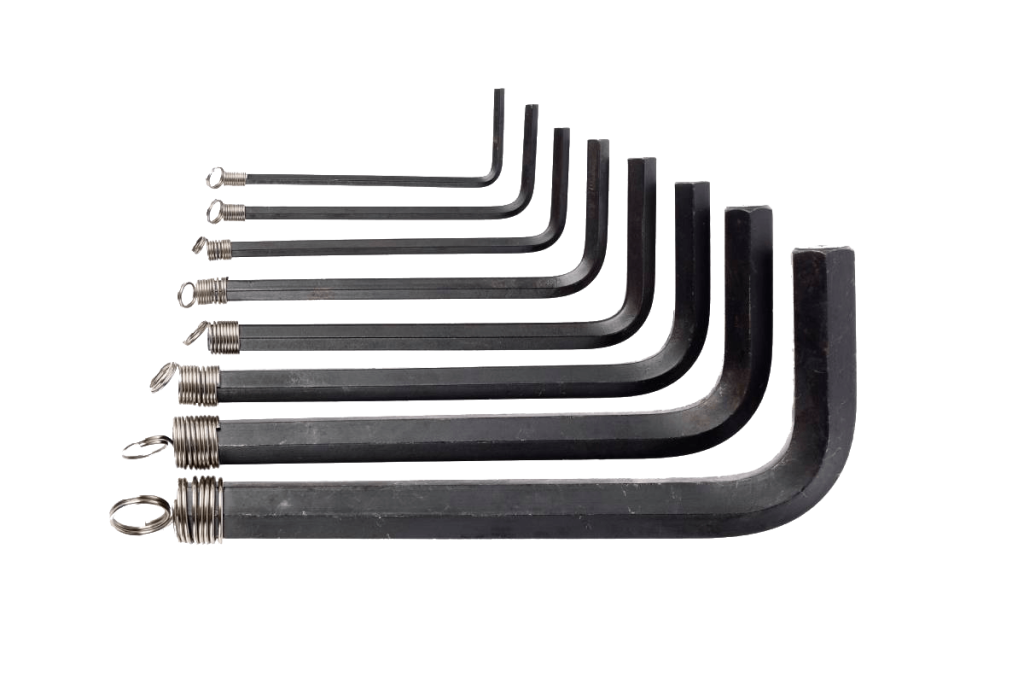
What is the L-shape screwdriver?
The L-shape screwdriver, also known as an offset screwdriver or angle screwdriver, is a specialized tool designed for accessing screws in tight or awkward spaces where a traditional screwdriver might not fit. Here’s what you need to know about it:
Design
- L-shaped: As the name suggests, the L-shape screwdriver has a handle and a shaft that form an L-shape. The shaft usually extends from the handle at a 90-degree angle, allowing for easy access to screws in confined spaces.
- Handle: The handle of an L-shape screwdriver is typically ergonomically designed for a comfortable grip, making it easier to apply torque in tight spaces.
- Shaft: The shaft is usually shorter than that of a standard screwdriver, and it may have different types of tips, such as flathead, Phillips, or hexagonal, depending on the intended use.
Functionality
- Access Tight Spaces: The primary purpose of an L-shape screwdriver is to access screws in areas where a straight screwdriver cannot reach due to obstacles or limited space.
- Increased Torque: The L-shape design allows the user to apply more torque than with a traditional screwdriver, making it easier to loosen or tighten stubborn screws.
- Versatility: While L-shape screwdrivers are often used in automotive and machinery maintenance, they can also be handy for household tasks, such as assembling furniture or tightening screws in cramped areas.
Types
- Manual L-shape Screwdrivers: These are the most common type and require manual turning of the handle to tighten or loosen screws.
- Powered L-shape Screwdrivers: Some versions of L-shape screwdrivers come with attachments for power drills or drivers, providing additional convenience and speed for tasks requiring repetitive screwing.
Applications
- Automotive Maintenance: L-shape screwdrivers are commonly used for accessing screws in tight engine compartments or underneath vehicles where space is limited.
- Appliance Repair: They are useful for accessing screws inside appliances, such as washing machines, dryers, or dishwashers.
- Electronics: L-shape screwdrivers can be helpful for repairing or assembling electronic devices where screws are located in hard-to-reach areas.
Considerations
- Size and Compatibility: When choosing an L-shape screwdriver, consider the size and type of screws you’ll be working with to ensure compatibility.
- Quality: Look for a durable and well-made tool to ensure it can withstand the torque required for various tasks without breaking or stripping screws.
In conclusion
Screwdrivers come in various shapes, sizes, and designs to meet the diverse needs of different tasks and industries. From the ubiquitous flathead and Phillips screwdrivers to the specialized L-shape screwdriver, each type serves a specific purpose, making our jobs easier and more efficient. By understanding the range of screwdriver types and their applications, we can ensure we have the right tool for any job, whether it’s assembling furniture, repairing electronics, or maintaining vehicles.
So, the next time you reach for a screwdriver, remember the wide array of options available and how they contribute to getting the job done right.

